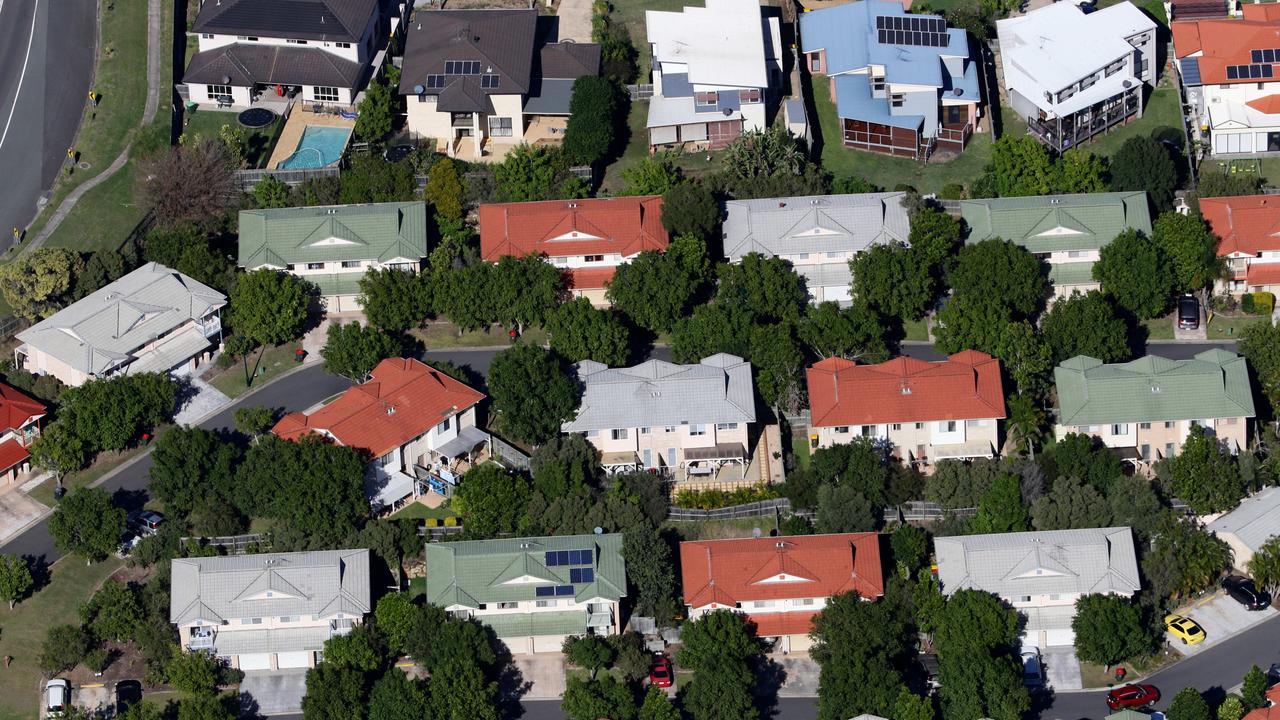Interest rate rises: inflation offers relief, but pain may still come
A December rate rise appears unlikely after a welcome inflation surprise, but don’t be certain that the RBA is finished just yet.
Property
Don't miss out on the headlines from Property. Followed categories will be added to My News.
The Reserve Bank of Australia’s interest rate rises were late to the global party, and could hang around longer than expected, like an unwanted guest stinking up the place.
When the RBA lifted its cash rate from 0.1 per cent to 0.35 per cent in May 2022, it was the beginning of a cycle of 13 rate rises so far that have smashed mortgage repayments, business loans and would-be home buyers.
As the RBA began its long lifting phase, the US, UK, NZ and other nations’ central banks already had started increasing their official interest rates, and by last month’s Melbourne Cup Day – when rates rose again – most appeared to have peaked. On that day in Australia, the RBA board under new governor Michele Bullock dished out another 0.25 percentage point increase.
There had been rising fears that rates could lift again either on December 5 or early next year (the board usually takes January off), although this week’s lower-than-expected inflation figures suggest a reprieve at least in the short term.

However, economists still worry about services inflation, which wasn’t measured in the latest data.
We previously thought that RBA rate rises were over, but they were not, so here are a few reasons why we may still see more in 2024.
● Ms Bullock has been talking tough in recent weeks about the need to get inflation lower and Australia’s resilient economy, prompting several forecasters to pencil in at least one more rate rise.
● Official data releases have been mixed, and the RBA and financial markets will be closely watching the next lot of annual inflation data due in January 2024.
● The RBA is using its key tool – the sledgehammer of interest rate rises – to smack down consumer spending and inflation, but the problem is that only one-third of households have home loans.
And among those one-third with mortgages, many are long-term borrowers with relatively small debts compared with their assets and incomes, and have been able to ride out the repayment surge of the past 18 months.
So a minority of households are suffering all the rate pain, while much of the rest of the economy purrs along nicely thanks to low unemployment, decent wages growth and rising house prices making people feel richer.
The big worry right now is that the house price rises are combining with high home loan interest rates to create a world where only wealthy people see home ownership as realistic.
Some bank bosses have voiced this concern in recent weeks.
However, there are incentives to help people buy houses with just a 5 per cent deposit or less, and the mortgage market extends well beyond the major banks.
New research by Pepper Money found almost three quarters of people are not confident about when they will be able to buy a home. Half are not sure that they would qualify for a home loan, it found. Pepper chief executive Mario Rehayem says there are alternative home loan options and many potential borrowers are unaware of the choices and how much they need to save.
“What concerns me is that there is a prevailing narrative out there that the homeownership dream is now unattainable,” Rehayem says.
Knowledge is power when getting a home loan. And when interest rates stabilise then fall again, those with the knowledge will find the door to home ownership remains open.
More Coverage
Originally published as Interest rate rises: inflation offers relief, but pain may still come





